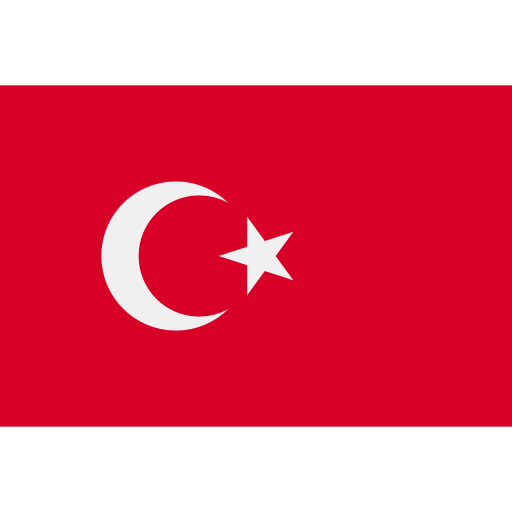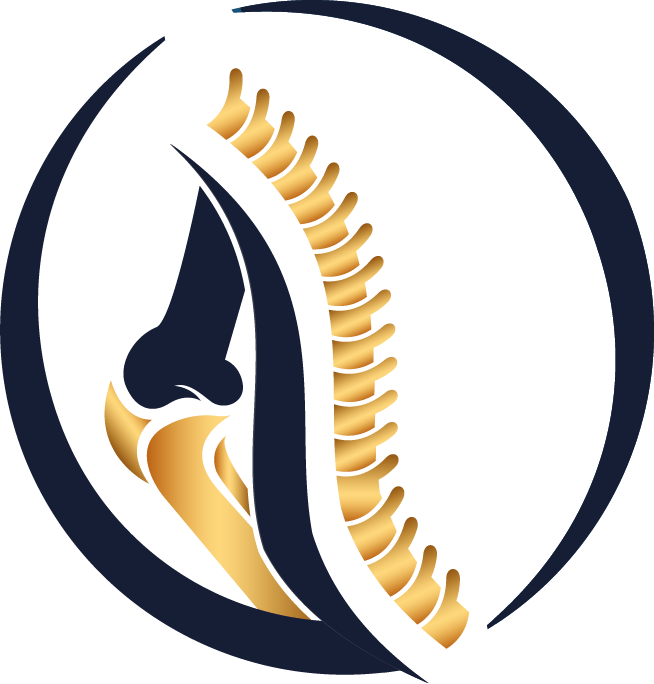Lateral Epicondylitis (Tennis Elbow)
Lateral epicondylitis, also known as tennis elbow, is a problem characterized by pain in the lateral epicondyle of the elbow. It forms the basis of the discomfort that occurs when our muscles, which are responsible for stabilizing our wrist and lifting it upwards (opposite the palm), degenerate in this protruding region where it attaches to the elbow.
What are the Causes of Lateral Epicondylitis?
Striking the outer side of the elbow with excessive force or a sudden reverse movement can cause swelling of the muscle tendon and subsequent wear and tear. Most of the time, the cause is the strain of the muscle tendons in daily work done with frequent repetitions. These can be heavy housework, computer use, sports or work-related activities. These movements are usually wrist movements combined with grasping an object (using the keyboard, playing tennis, plumbing, pouring tea, chopping food with a knife).
What Are the Symptoms of Lateral Epicondylitis?
- Pain and tenderness on the outside of the elbow
- Pain when straightening or raising the hand and wrist
- Increased pain when lifting heavy objects
- Pain when making a fist, clenching, grasping an object, or turning doorknobs
- Pain radiating from the elbow to the forearm or upper arm
Lateral Epicondylitis Treatment
Success is mostly achieved with non-surgical treatment methods. Treatment should be planned gradually.
First of all, the forces and movements that are thought to cause pain in daily life should be stopped. Pain relievers that reduce inflammation (NSAI), splint use, stretching-strengthening exercises are among the applicable treatment methods.
Corticosteroid injection: Cortisone is a powerful anti-inflammatory drug. In case of failure of the above-mentioned treatments or as a first treatment, it can be applied to the aching area with an injector. No more than 3 injections should be given in total.
ESWT (shock wave) treatment: With ultrasonic sound waves, the increase in blood supply at the attachment of the beam to the bone, acceleration of healing and elimination of pain are provided.
PRP (Protein Rich Plasma) application: It can be used in the first treatment of patients who present with resistance to other treatment methods or with long-term pain.
Surgical treatment: Rarely needed. It can be applied if the pain does not go away for more than 6 months despite all non-surgical treatment methods have been tried and it prevents the daily work. Surgery basically involves removing and sometimes suturing damaged and diseased tendon tissue. Surgical intervention can be applied with classical or arthroscopic method depending on the nature of the disease. Achieving full recovery after surgery includes an average of 4-6 months, including rehabilitation.
 Türkçe
Türkçe
 Arabic
Arabic
